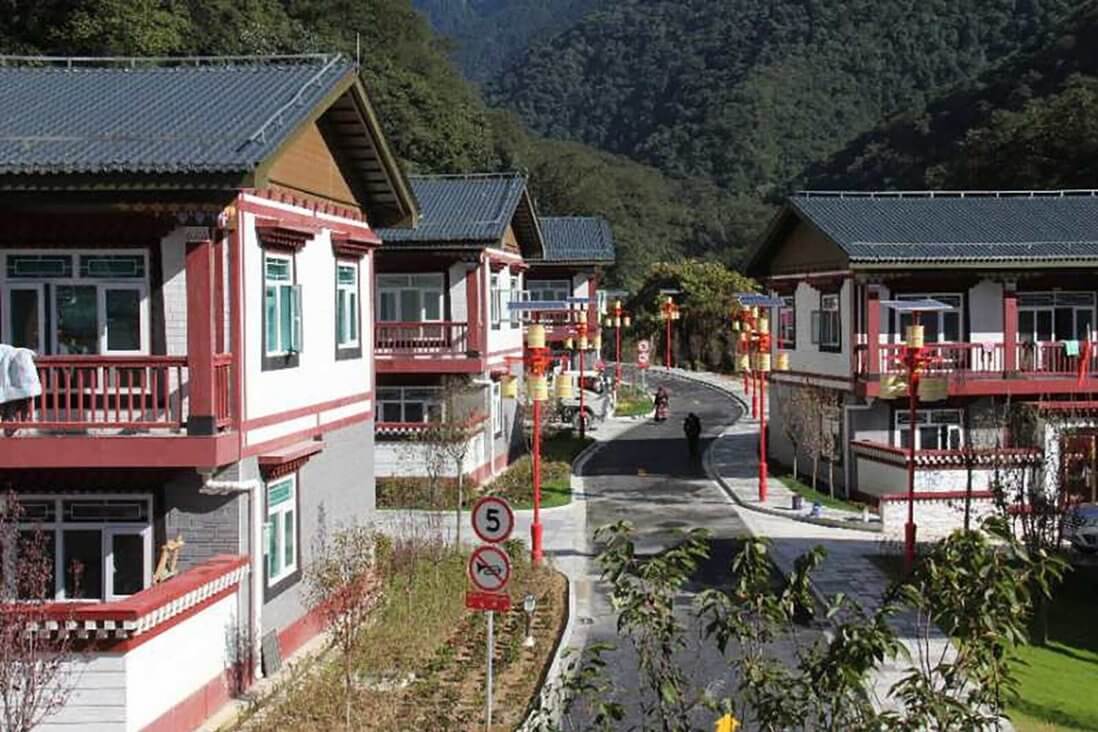A new report, published by Foreign Policy has said that China has been gradually invading Bhutanese territory. The report argues that China has already constructed a town, roads, power plant, military and police outposts, and other infrastructure up to 8 kilometres into Bhutanese territory.
The document also states that given the geopolitical power balance, which is undeniably skewed in China’s favour, “there is little Bhutan can do” about these activities. Moreover, it says that this “involves a strategy that is more provocative than anything China has done on its land borders in the past”. The town in question is called Jieluobu in Chinese and houses several hundred individuals including construction site workers, police force members, soldiers, and political leaders.
This region, called Gyalaphug by Bhutan, falls well within Bhutanese territory even in certain Chinese maps from the 1980s. However, it is strategically situated close to the Indian state of Arunachal Pradesh, which China has termed as its own. To this point, the paper states that Beijing had been “quietly sending troops onto pieces of inaccessible terrain claimed by Bhutan.”
Over the years, Bhutan has been caught in the middle of a tug-of-war between India and China. New Delhi and Thimphu have shared extremely close diplomatic relations. In fact, this report is particularly concerning for India as, according to a treaty signed with Bhutan, India will be responsible for Bhutan’s defence, considering its limited armed forces and defence capabilities. Moreover, the two countries are also highly interlinked due to their trade channels, with the total value of goods traded between India and Bhutan amounting to about Rs. 9,000 crore.
While it shares a close relationship with India, Bhutan does not even house a Chinese embassy and conducts all its diplomatic conversations with China through India. Additionally, China and Bhutan have also historically disagreed on the exact positioning of their 470-kilometre border. In fact, in November 2020, satellite images taken by US-based operator Maxar Technologies showed the development of a new village by China along the contested Himalayan border that it shares with India and Bhutan. A few months prior to this, China had stated its opposition to funding a project for the Sakteng Wildlife Sanctuary at the 58th meeting of the UNDP’s Global Environment Facility (GEF) Council, claiming it was “disputed” territory. However, in response, Aparna Subramani, the World Bank official representing Bhutan, as well as India, Bangladesh, Maldives, and Sri Lanka, said that the sanctuary was an “integral and sovereign territory of Bhutan”.
The recent development is a fresh and more aggressive action by Beijing, as it has constructed an entire town within a region recognised as an international territory by another country. While China has been infamous for “forward patrolling and occasional road-building,” the construction of an entire settlement is concerning. Experts believe that like the new village that was spotted by Maxar Technologies in November 2020, these constructions could be a means to strategically place Chinese infrastructure close to Indian territory, which will, in turn, be used as “bargaining chips” to pressurise India in more critical border disputes like the one in the Doklam region.
New Report Suggests China Silently Invading Bhutan
According to a new report, China has stealthily been constructing infrastructure up to 8 km into Bhutanese land.
May 24, 2021

SOURCE: WEIBO
